The Parasites: Battle for Survival exhibition focuses on five tropical diseases and how research taking place collaboratively between three Scottish universities and those working in affected areas is attempting to combat them. The exhibition is free, presents the information in a variety of ways and it links to several courses in the Curriculum for Excellence. I really enjoyed going around it and the reading, looking, watching, listening and playing involved!
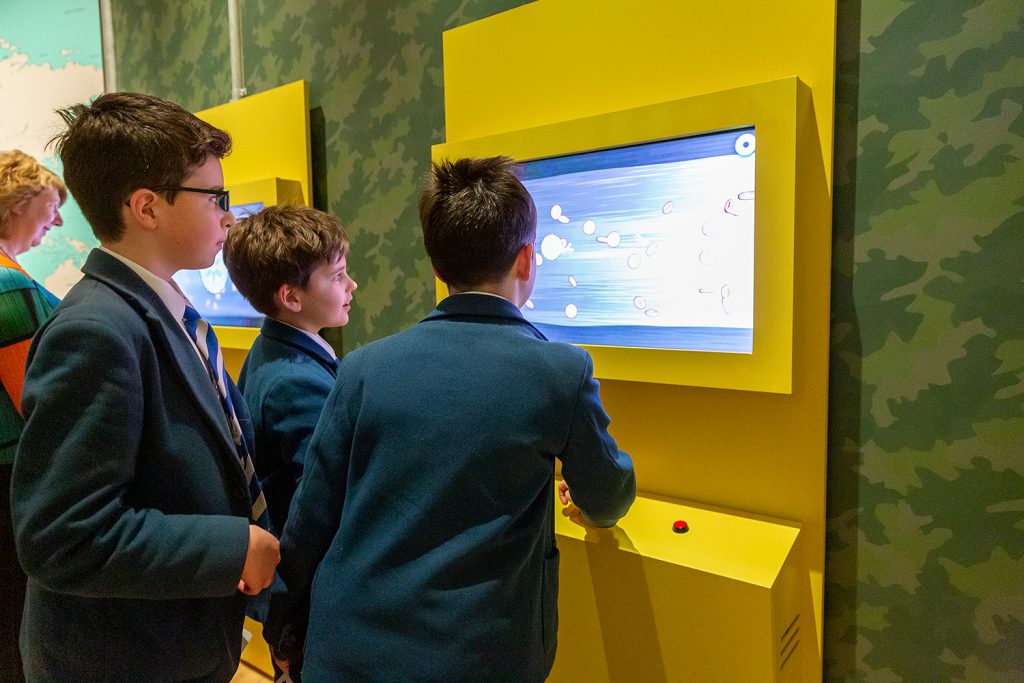
At the start, students are introduced to what a parasite is, the five spotlighted in this exhibit and to some of the key vocabulary. The words are clearly explained for younger learners, and seniors should recognise these terms from their courses. I liked the way the visual of the human body and colour-coding was used to allow you to clearly see how and where each of these five parasites can affect us. There is also a glossary in the on-line resources which may be useful in advance of a visit.
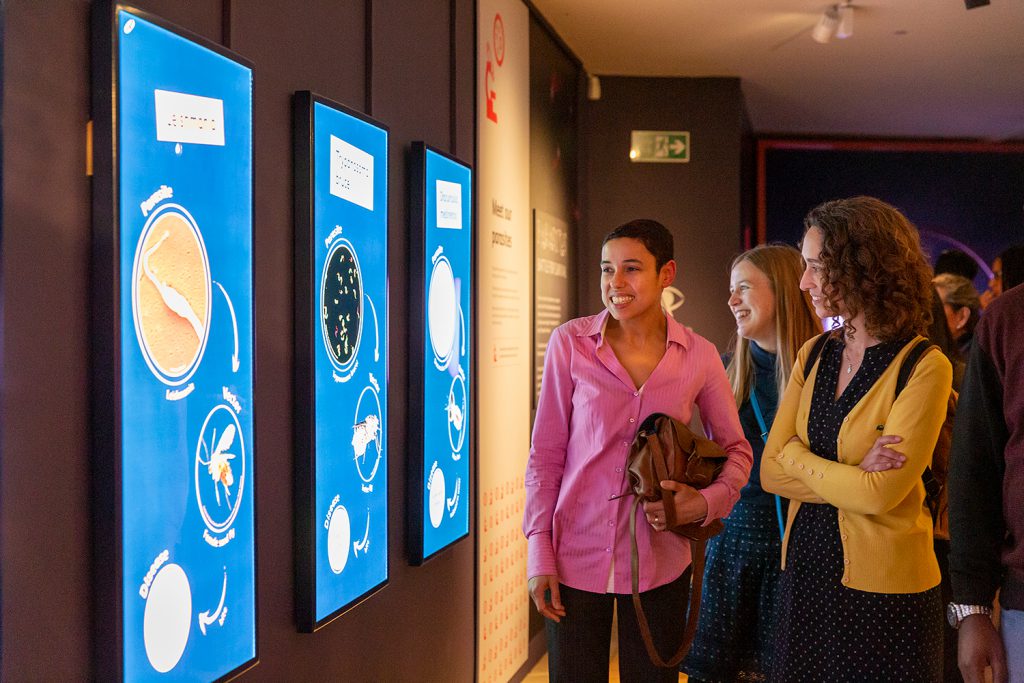
Shortly after this, people can pick up a Build a Parasite card and they can then choose from a variety of stamps at each station. This is a simple tactile activity which helps to explain how parasites travel to people, infect them, evade discovery and how scientists are trying to eliminate them. At the end of the exhibition there are two interactive screens which allow you to compare your new parasite to the five on display and with nice summary information about the culprits. Advanced Higher (AH) students will instantly relate the activity to their 2.5 Parasitism topic whilst BGE/N4 scientists could keep the cards and an easy follow-up activity could be done at school to link with SCN 2-01a, SCN 4-01a or N4 3.5 about adaptations to an environment for survival.
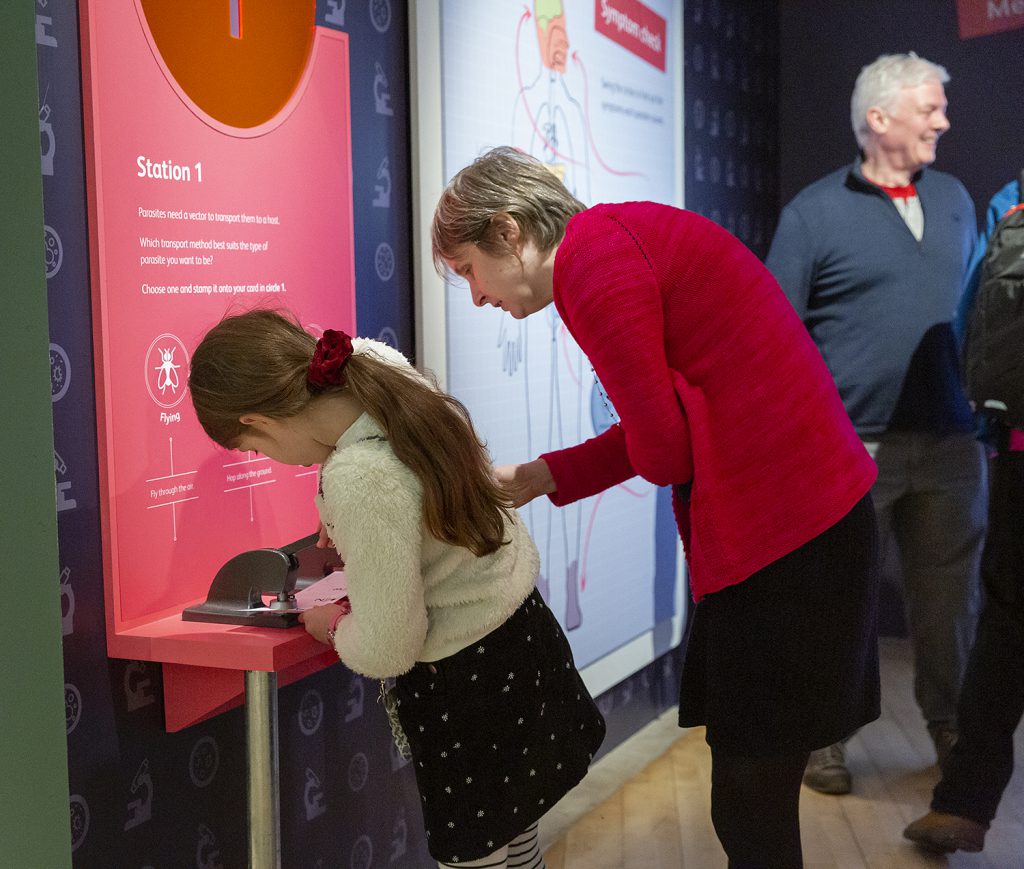
The next section displays some interesting artefacts from the past, with quite scary tales of old medical treatments – a good talking point I would imagine! There’s historic information about collections and the input of Scottish scientists. This leads neatly onto the next section of the exhibition, meeting modern scientists. Each expert tells you more about the disease they work on and I found that this section had obvious links to the AH course as well as being a stimulus for the BGE Topical Science section at all four levels, particularly 2nd Level. The resources section of the website also has a PDF file to explain the Scottish connections more fully, which may be useful when returning to school.
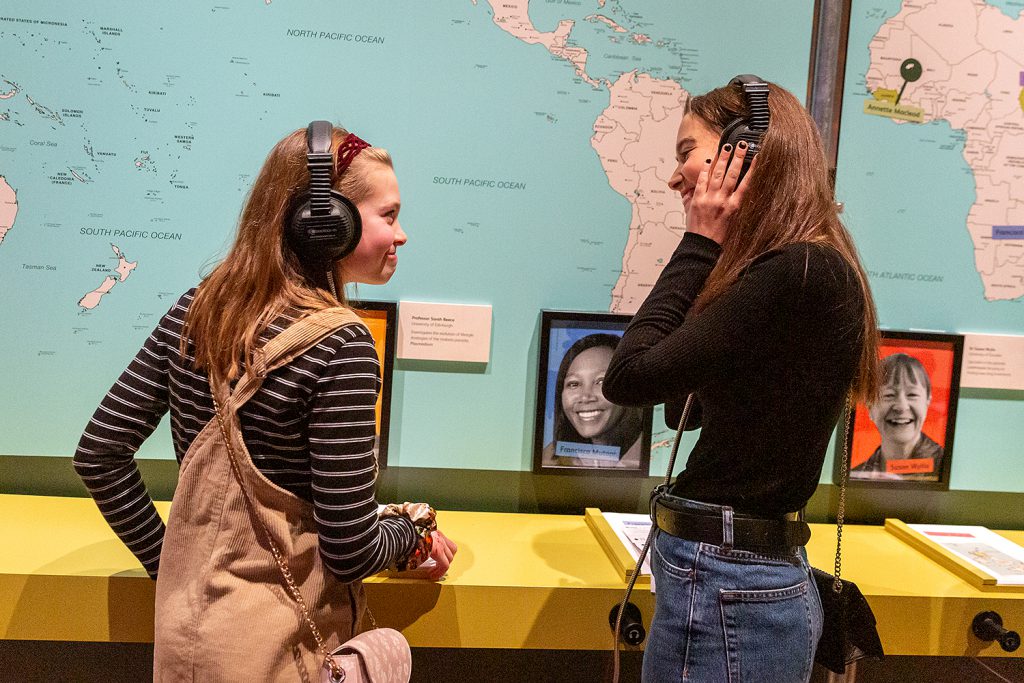
The posters and comics used in the Getting the Message Across section were cool to see. Also nearby is the Under attack game which could just be a bit of fun, but it is really a depiction of how the human body defends itself from invaders. This could be explained more fully to students and linked to the SCN3-13c benchmark (if wanted) as well as N5 and AH human immunology sections. Links to digital downloads of the three comics are available in the resources section on the museum website and both creating comics and posters are obvious follow-on activities.
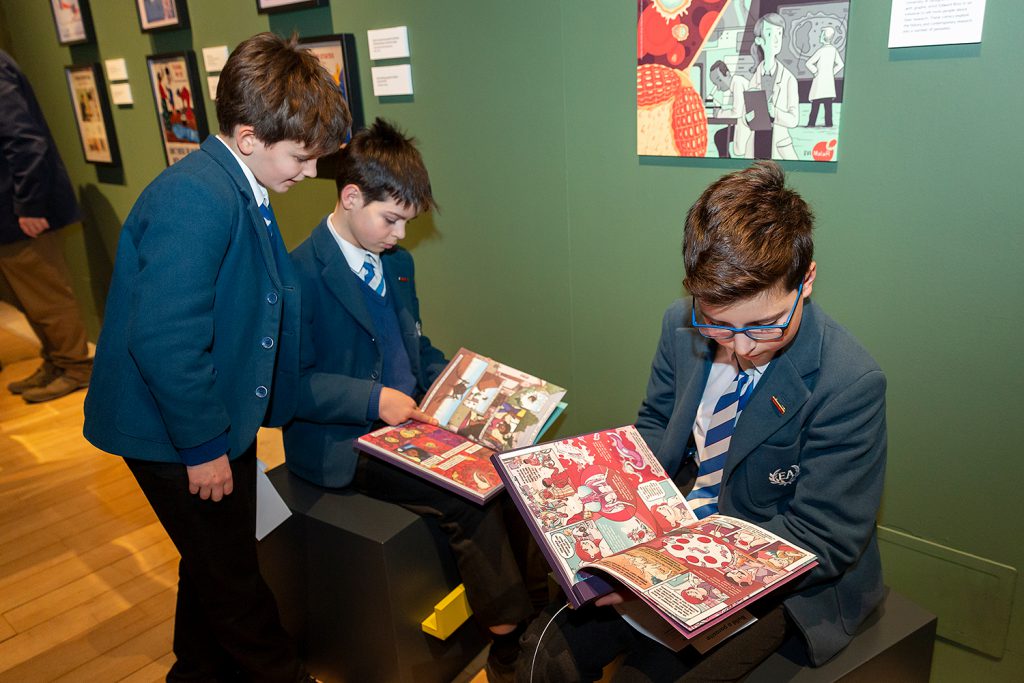
The section In the lab allows students to understand the difficulties involved in creating and developing new drugs to fight diseases. It introduces the challenges, hints at the time scales and there is a really hard game to try! It fits in well with both the Topical Science benchmarks and also 2.5f in AH. There are also some specimens to look at under microscopes.
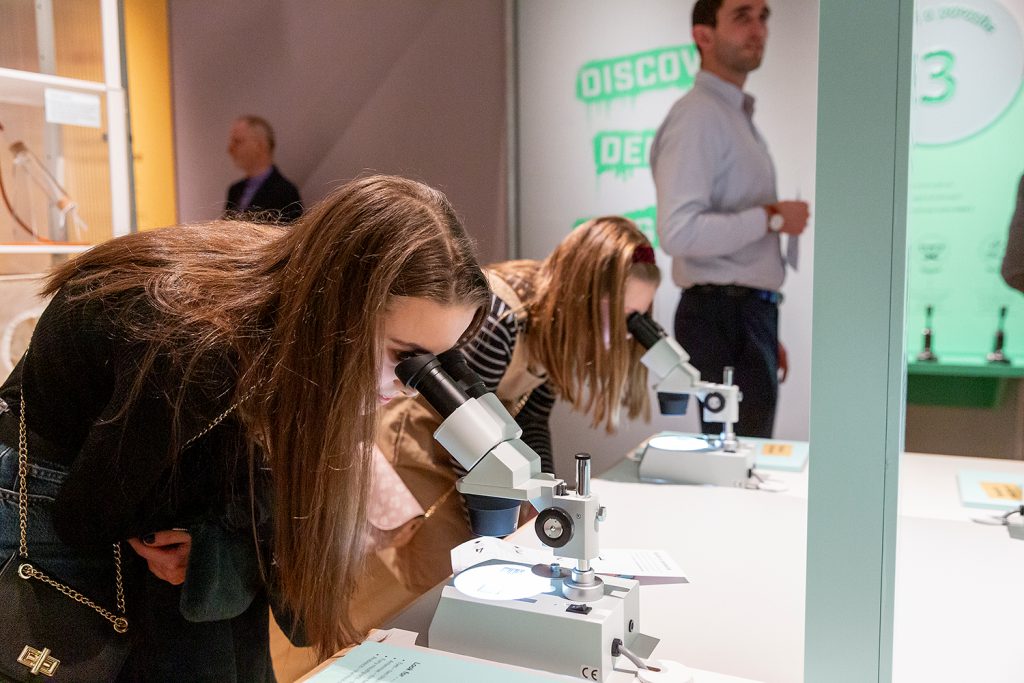
In the next section, Fighting on the Front Line, we can see the straightforward interventions that work, with objects used in the battle to reduce infection. Crucially we can also learn how the best intentions go wrong without the engagement of the local communities. I found that the Parasites and ladders game reinforced the messages of this section, so thought that was good, especially for those that race to the technology.
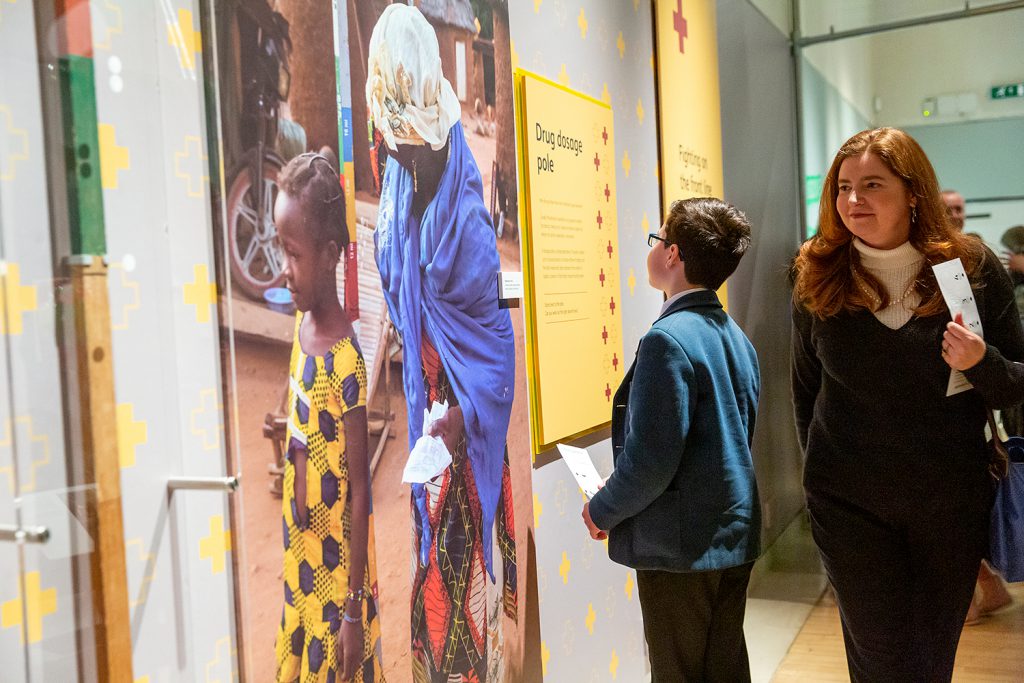
Overall, I really liked learning how three national universities are part of the battle against malaria, schistosomiasis, leishmaniasis, sleeping sickness and Guinea worm disease and think the exhibit does a great job of explaining to interested members of the general public, as well as linking very clearly to the school curriculum. For a school trip, it would be fantastic for Advanced Higher students and was clearly developed with them in mind. However, it would also be a good opportunity for junior learners of various levels to explore and there’s opportunity to differentiate post-visit tasks. It’s appropriate for Higher biologists, though a small section of their course and I would be recommending it to all my keen scientists as I see links to all of the courses I teach!
Find out more about the exhibition’s free schools programmes online – https://www.nms.ac.uk/SchoolsParasites
Find a range of online resources relating to Parasites: https://www.nms.ac.uk/fiveparasites
